Getting salmon back above dams; drought crisis may provide opportunity

With drought and water management decisions making it tougher for salmon in the Central Valley, GSSA is calling for salmon to be moved above dams so they can safely spawn and rear in their historic cold-water streams.
GSSA recently sent a letter to the National Marine Fisheries Service and others calling for NMFS to enforce a relicensing condition on the Oroville Dam that will move salmon upstream of the dam.
Fifteen years ago PG&E, the CA Dept. of Water Resources, and water districts that get water from Lake Oroville agreed to restore enough spring run habitat to accommodate 2,000 to 3,000 spring run salmon as a condition of renewing a 50 year license to operate the dam.
They agreed that if they failed, they could instead be required to pay to transport adult spring run above Oroville Dam, capture their offspring, and release them downstream of the dam. In 2010 the water and power interests produced a half-baked plan that NMFS rated a failure, but no consequences came of it. GSSA’s letter now calls on NMFS to take this next step of moving adult salmon upstream. Although not currently practiced in California, this technique is used at some locations in Oregon and Washington.
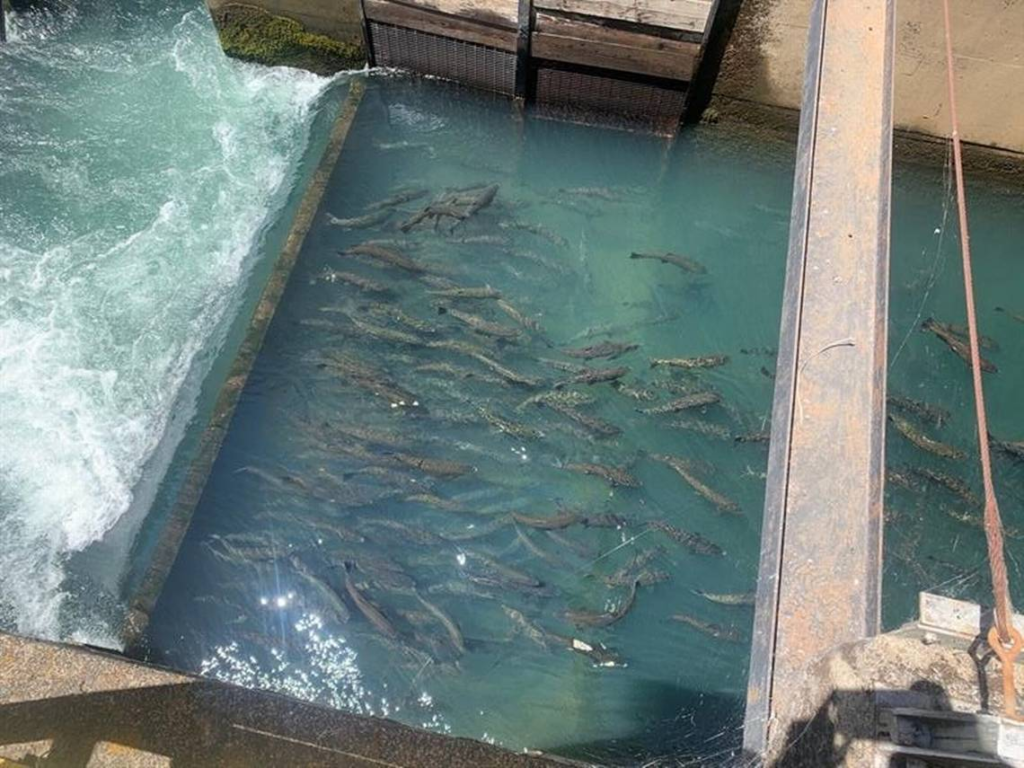
State and federal officials have begun earnest discussions about the likely need to trap and haul salmon above other dams. CDFW director Chuck Bonham spoke about this in a recent appearance before the state legislature. CDFW recently announced the awarding of $1.5 million to aid an effort to move winter run salmon above Shasta Dam and back to their native habitat in the McCloud River.
With long term climate forecasts being what they are, moving salmon above dams into waters that will remain cold enough for decades to come will be a good way to protect naturally spawning runs. In order to work, stream flows downstream of the dams during the spring will have to be adequate to get the juvenile salmon safely to the Delta and ocean.
NMFS west coast top official leaves, GSSA pushes for replacement with a strong salmon advocate

GSSA has asked top brass at National Marine Fisheries Service in Washington DC to find a strong new west coast salmon advocate to take over for outgoing western assistant administrator, Barry Thom. Thom, who is leaving his post as of March 12, has been the top federal official overseeing protections for western salmon stocks for the last five years. He has faced opposition for years from the Bureau of Reclamation which is single-mindedly focused on delivering water from salmon rivers to agriculture. It can’t be fun to be fighting an uphill battle that never seems to give you a break, but Thom did fairly well during his time. That might be because he came up through the ranks as a young salmon biologist before going into management.
The need to find a strong salmon advocate to replace Thom is acute because the Biden Administration is handling western water and salmon issues much like the Trump Administration did, where salmon are largely treated as an afterthought. Where Trump had Fresno agribusiness goading him on, Biden now has Gavin Newsom doing much the same. It means whoever takes the top west coast NMFS seat will have many powerful forces arrayed against him. Welcome to the club.
Water Districts try to coerce supposedly neutral science group to sway fed water debate

GSSA sometimes plays an insider role in the complicated world of water politics. In the latest development, the big San Joaquin Valley water districts are making a move to stack the deck as the federal government considers rewriting bad rules governing operation of the Central Valley Water project. The water districts are trying to force a group that was originally set up to find consensus on wildlife and water science to now advocate for phony science cooked up by those working for the water districts. The group is called the Collaborative Science and Adaptive Management Program (CSAMP). The idea is to influence the federal government as it rewrites the water operation rules. Needless to say, the advocacy sought would almost certainly be against salmon and for giving even more water to the ag water districts. GSSA has some influence in the “consensus” of the supposedly neutral group and said no thanks, let the water users do their dirty work without tainting anyone else.
Inland fishery would be even worse but for trucking hatchery fish

Recent data confirms that trucking hatchery fish from Nimbus, the Mokelumne and Feather River hatcheries is a boon not only to the ocean fishery but also aids the inland river fishery. The facts are sometimes disputed by some who haven’t seen, or don’t believe, what the science says. At a recent meeting of salmon stakeholders, one of CDFW’s top experts on analysis of coded wire tag data told the group that a recent group of fish released at Sausalito’s Ft. Baker survived at twice the rate of those released at the traditional release site in Vallejo. The data clearly showed that this boost in survival translated into more adult salmon returning to spawn in Central Valley rivers than would have happened, had they not been trucked. Although no one would suggest that inland fisheries have been robust in recent years, the data clearly shows they would have been significantly worse if the fish had been released at the hatcheries. In fact, a million Feather River salmon that weren’t trucked and instead released into the Feather River in recent years have fared very poorly. GSSA has repeatedly requested CDFW to discontinue this practice or scale it down to a much smaller release group and save the rest by trucking them. CDFW recently commented that the size of this release group was aimed at gathering, not only data on survival and stray rates, but also to some data needs of the Dept. of Water Resources having to do with losses in the interior Delta. We say let DWR create additional fish if they insist on releasing them to almost certain death. We need these fish to survive and supply the ocean and inland fisheries.
Federal water managers warn of another dry year
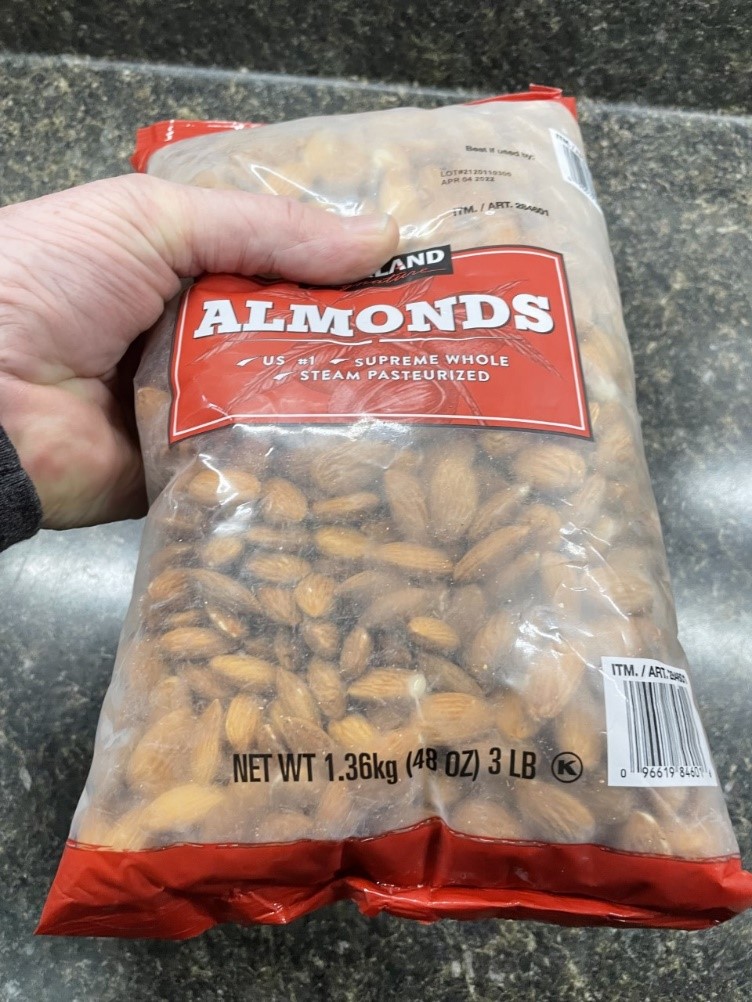
On February 23, the federal Bureau of Reclamation announced we’re in a critically dry year, something most Californians intuited since going about 45 days with zero rain.
We’ve seen this movie before. Unless the skies open up in March and April, this year’s drought is likely to mean another lost spawning season with overheated salmon rivers, thanks to the dams and impoundment of water behind them, which is needed to cool the spawning beds. What little water exists is likely to again be given to a handful of water diverters who have older water rights than everyone else. The state has the authority to step in and make adjustments, but the current governor seems afraid to rock the boat.
California will rely on the Livingston Stone and Coleman hatcheries again this year to keep the winter run salmon DNA on the planet, unless authorities move adult salmon upstream of Shasta Dam into the McCloud River. We’ll likely lose another year of natural spawn from all runs, and we’ll have to rely on the state and federal hatcheries again to keep the salmon industry alive. GSSA remains in the game, speaking up for salmon in federal and state circles, as well as in court where we may yet find some relief.
GSSA awaits court ruling to stop salmon carnage
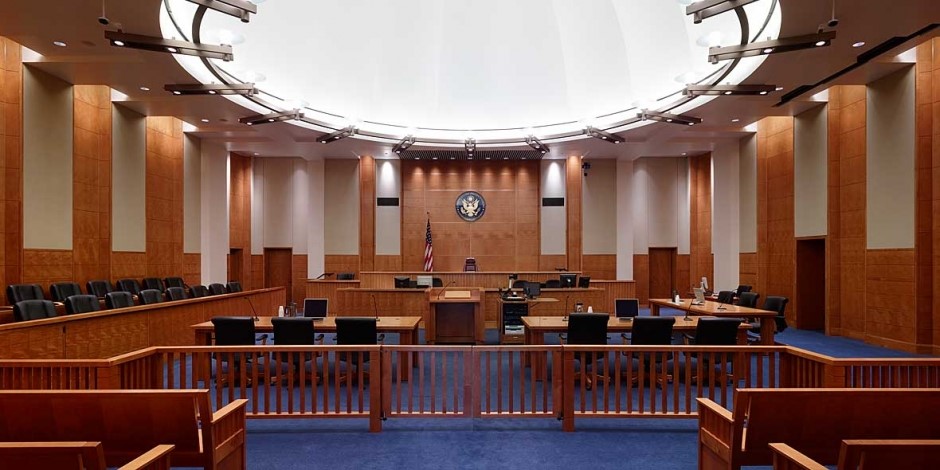
On February 11 attorneys representing GSSA and allies asked a federal court to order better protections for salmon and other wildlife ASAP. We’re asking the court to require the bare minimum scientifically credible protections for salmon, after first ensuring water deliveries for human health and safety.
We’ve asked the court to order the feds to restore prior constraints on the Delta pumps and to order better upper river water temperature management plans so salmon eggs don’t get cooked in the late summer and fall. Assuming the drought persists, this would require a reduction in releases from Lake Shasta in the spring to insure there’s cold water later to avoid killing incubating salmon eggs. Federal attorneys have told the court that the archaic water rights of a handful of Sacramento Valley water districts limit what can be done to prevent extinction of winter run salmon.
Current rules require upstream reservoir releases to push saltwater out of the Delta to the Bay. We asked the court to order a reduction in water deliveries to ag before dam operators are allowed to violate delta salinity minimums. The freshwater releases needed to hold bay saltwater back also greatly aids the outmigration of baby salmon in the spring. Last year the federal water managers failed to provide adequate water to hold the salt back and appear likely to do it again this year.
The state still has the legal authority to order reduced diversions to protect state wildlife, including salmon. Unfortunately, the Newsom Administration doesn’t seem to have the integrity to take the needed action here. GSSA will continue this fight, advocating for salmon, as decisions are made this spring about water temperatures.
GSSA helps secure Ft. Baker release site
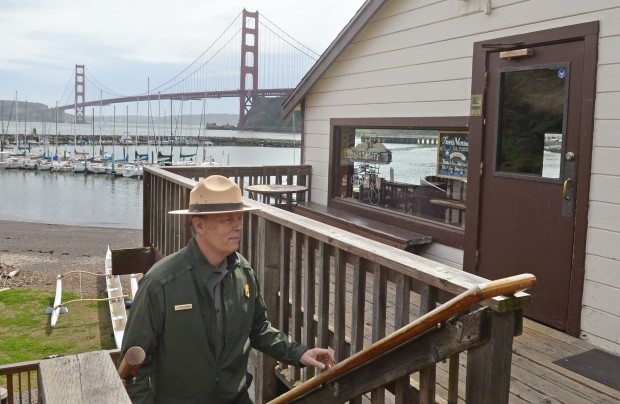
Following the great success of hatchery released fish at Sausalito’s Ft. Baker, GSSA has asked the National Park Service, which operates the site, to consider expanded releases there, from two million to four million, at least for this year. Survival of fish released there is at least twice as good as the traditional release site near Vallejo and sometimes up to three times better. This has proved a huge boon to all fisheries, ocean and inland. GSSA has also discussed the Park Service granting a more permanent permit to release at the site after the current research permit expires later this year. Moving more releases to Ft. Baker in Sausalito provides the equivalent of building or expanding existing hatcheries.
Santa Rosa Dinner update

After shooting for an April 1 Santa Rosa dinner, we’ve rescheduled it to June 3 to get beyond covid issues. Tickets are for sale, either individually or by the table. All the normal great trips and gear will be available to bid on or win in raffle. A great cause will be supported.
Renew Your Membership
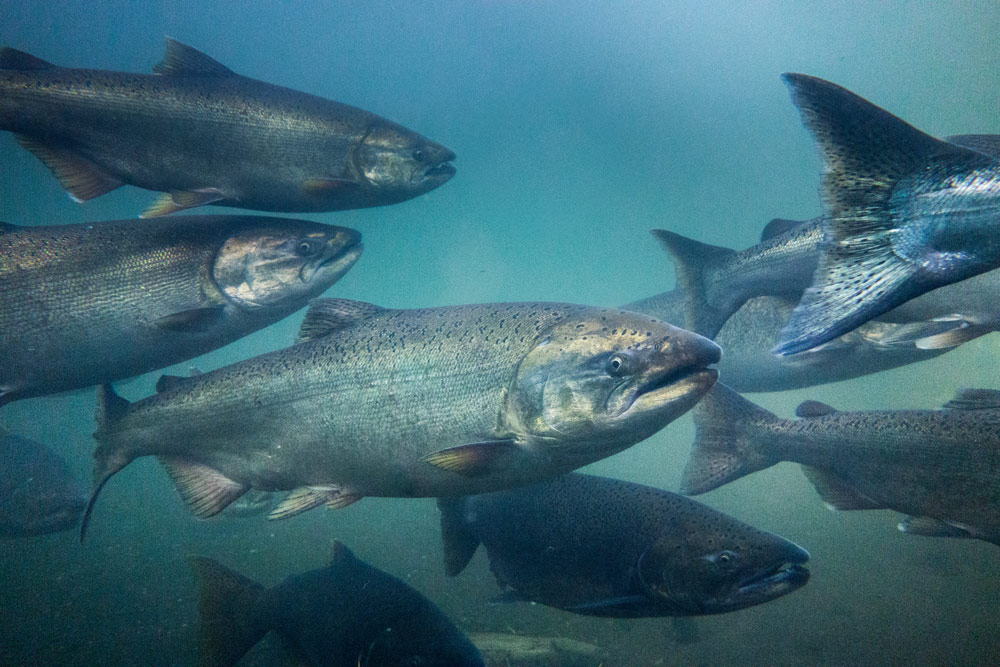
If you haven’t done so already, please consider renewing your membership at $35 for the coming year. We have a lot of work ahead and can’t do it without member support to keep the lights on and the staff working. If you feel like providing more support, check out the higher membership categories available.
There’s a lot of work unfinished and a lot of work ahead. Thanks for your support, as always. You can renew online or mail a check in to:
P.O. Box 320096
San Francisco, CA
84132
